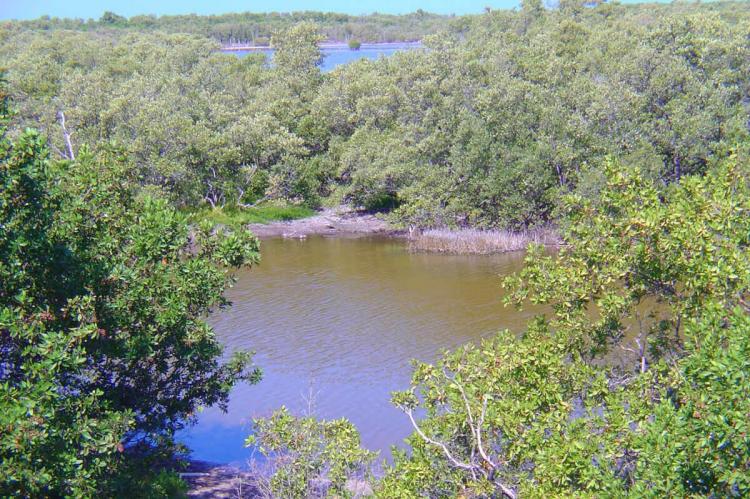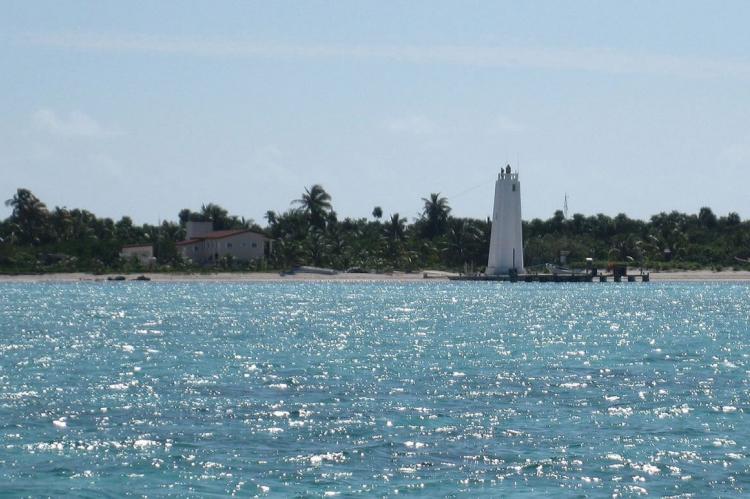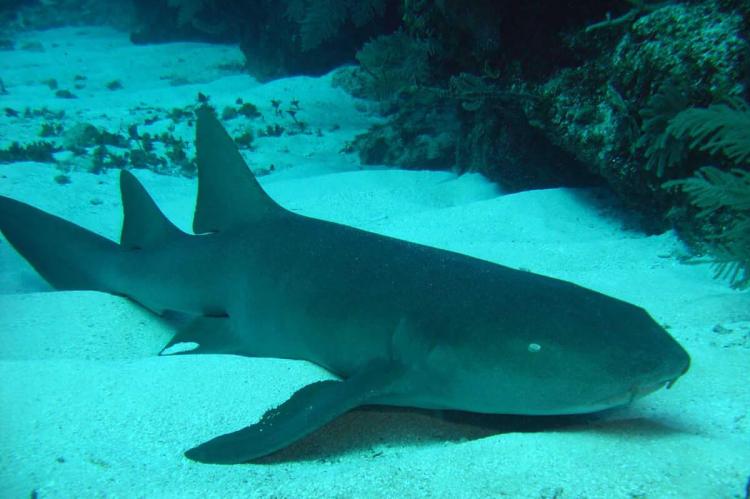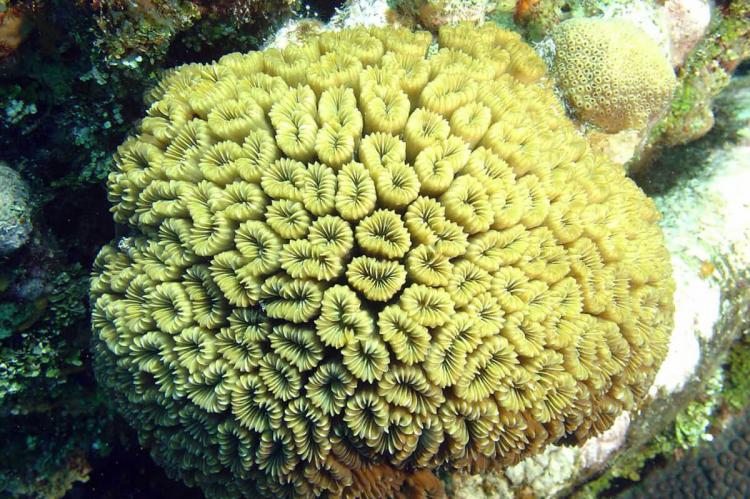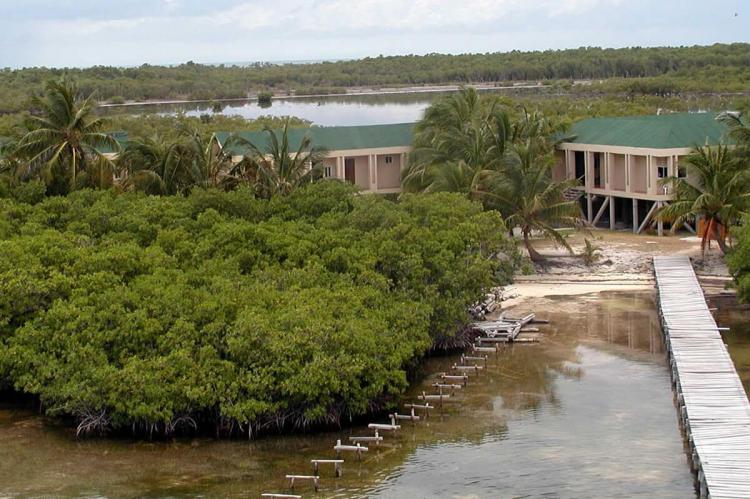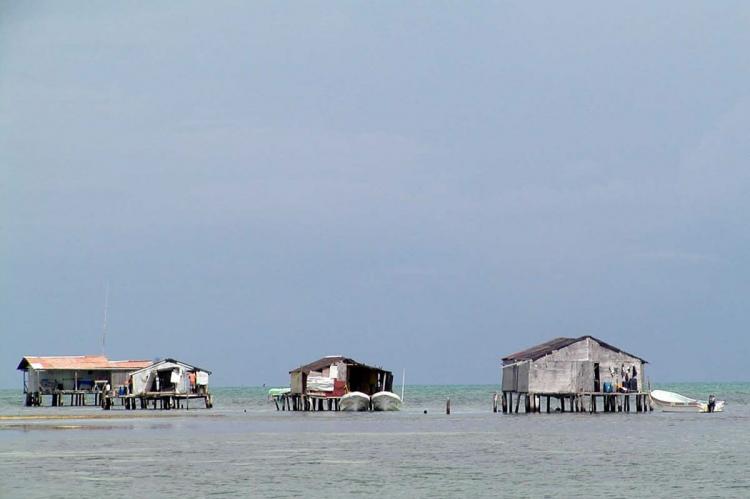The Underwater Oasis of Banco Chinchorro Biosphere Reserve
Banco Chinchorro Biosphere Reserve is a marine site in the southeastern Yucatán Peninsula. It comprises various habitats and is one of Mexico's most exceptional protected natural areas. Isolated and well-preserved, it serves as a sanctuary for diverse aquatic life and delicate ecosystems.
Banco Chinchorro Biosphere Reserve: A Jewel in the Yucatán's Crown
Nestled in the southeastern corner of the Yucatán Peninsula, the Banco Chinchorro Biosphere Reserve stands as a remarkable gem in Mexico's network of protected natural areas. Spanning an impressive 144,866 hectares (357,970 acres), this mosaic of open water, seagrass beds, mangroves, sandy beaches, and vibrant coral reefs is considered one of the most outstanding marine sites in the region. Isolated and well-preserved, Banco Chinchorro represents a true haven for diverse aquatic life and a sanctuary for the delicate ecosystems that thrive beneath the waves.
Geographical and Ecological Significance
Banco Chinchorro is Mexico's most extensive platform-type reef complex system in Mexico, a testament to the region's exceptional marine biodiversity. Situated in a strategic location, the biosphere reserve is characterized by a circular strip of coral islets that form the area's morphological structure. This unique coral topography, combined with the irregular submarine terrain and orientation, gives rise to a remarkable diversity of habitats that coexist within the reserve.
Coral Reefs: The Heart of the Ecosystem
The coral reefs of Banco Chinchorro are the undisputed heart of the biosphere reserve's ecosystem. With an impressive inventory of 95 coral species, the reserve's reefs are a true underwater Eden, teeming with a vast array of marine life. These vibrant coral formations provide a home for countless species and serve as reproduction and breeding grounds for ecologically and economically important species, such as the Caribbean lobster (Panulirus argus) and the queen conch (Strombus gigas).
Seagrass Beds and Mangroves: Vital Nurseries
Complementing the coral reefs, the Banco Chinchorro Biosphere Reserve is also home to abundant seagrass beds and mangrove forests. These vital habitats serve as nurseries and refuges for a wide range of marine species, contributing to the reserve's overall ecological richness and productivity. The seagrass beds, found in the Cayo Norte zone and the interior lagoon of Cayo Centro, are particularly important for their role in supporting the life cycles of many commercially and ecologically significant species.
Terrestrial Ecosystems: A Delicate Balance
Although the Banco Chinchorro Biosphere Reserve is predominantly a marine environment, it does possess a small terrestrial component, comprising just 0.4% of the core area. This terrestrial zone is characterized by halophyte or coastal dune vegetation and mangroves adapted to the saline substratum. The buffer area also includes a large coral circular strip and a substantial marine zone extending to depths of up to 60 meters (200 feet).
Human Presence and Interaction
The human presence within the Banco Chinchorro Biosphere Reserve is relatively modest. A small fishing village is located in the transition area along the mainland coast. The 90 inhabitants of this village live in stilt houses offshore to comply with local regulations that prohibit private construction on the land. This delicate balance between human activities and the reserve's natural ecosystems is a testament to the efforts of local communities and authorities to protect and preserve this unique marine environment.
Conservation and Significance
Designated as a UNESCO Biosphere Reserve, the Banco Chinchorro is recognized for its exceptional ecological value and the importance of maintaining a harmonious relationship between human use and natural resource conservation. As a haven for a diverse array of coral species, seagrass beds, and mangrove forests, the reserve plays a crucial role in safeguarding the marine ecosystems of the Yucatán Peninsula. Its isolation and well-preserved state make it a unique and invaluable natural treasure for Mexico and the entire region.
Conclusion: A Beacon of Hope for Marine Conservation
The Banco Chinchorro Biosphere Reserve stands as a beacon of hope for preserving Mexico's marine environments. Its captivating coral reefs, lush seagrass beds, and verdant mangrove forests are a testament to nature's enduring resilience and the power of dedicated conservation efforts. As we navigate the challenges of the 21st century, the Banco Chinchorro Biosphere Reserve serves as a reminder of the vital importance of safeguarding our ocean's most precious ecosystems, ensuring their continued beauty and abundance for future generations.
